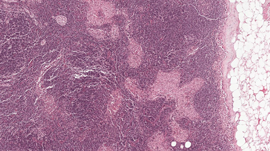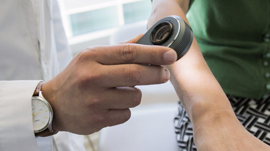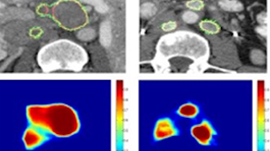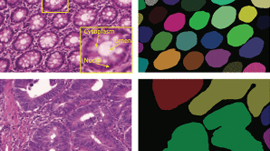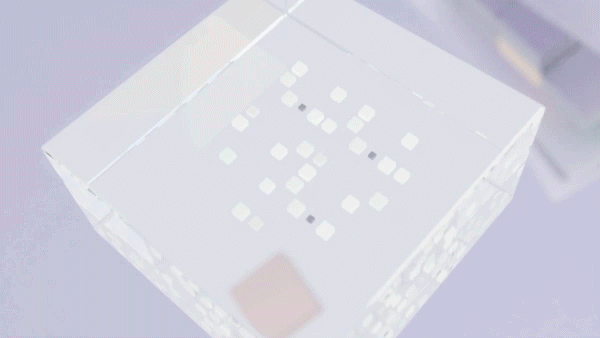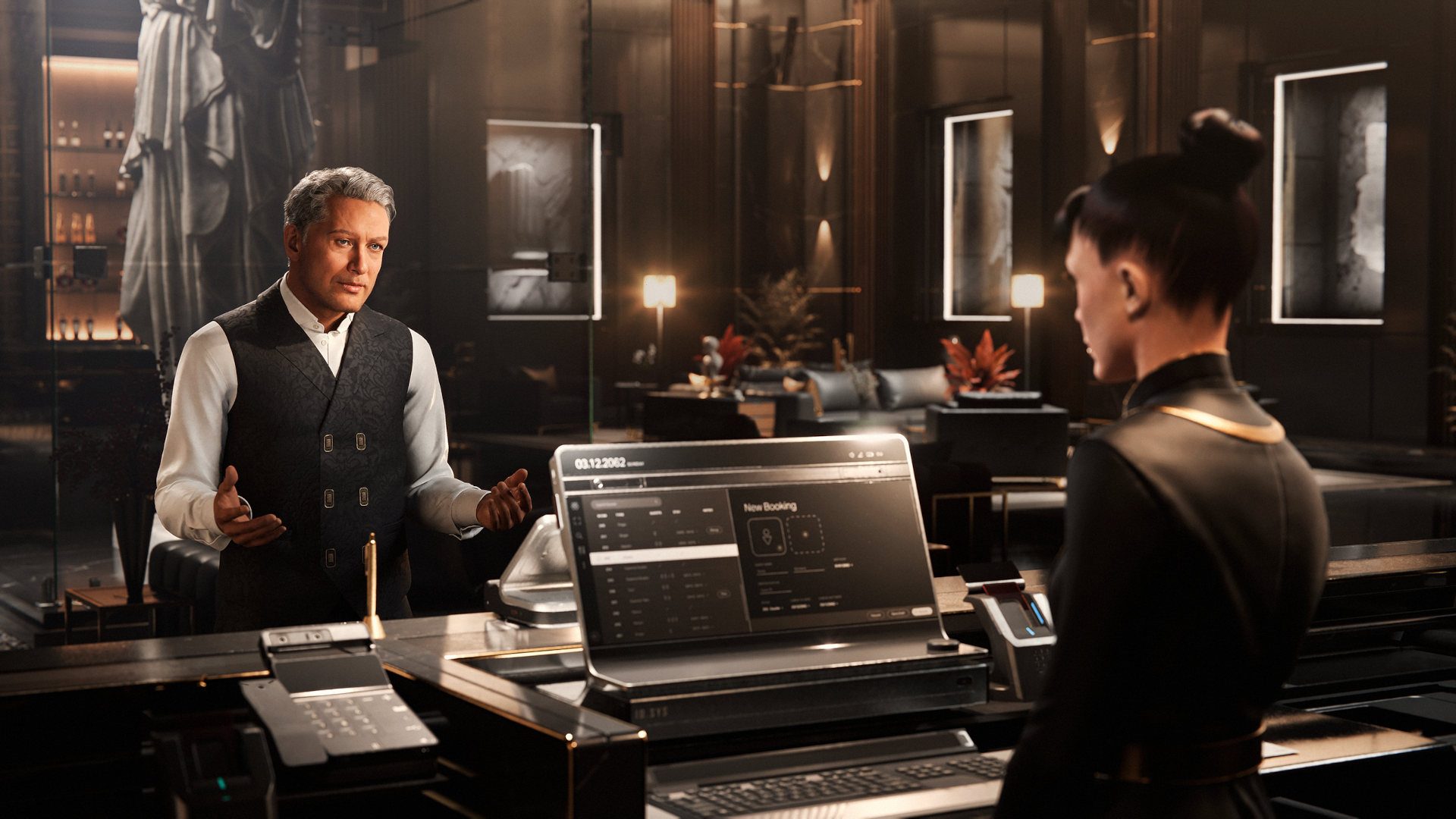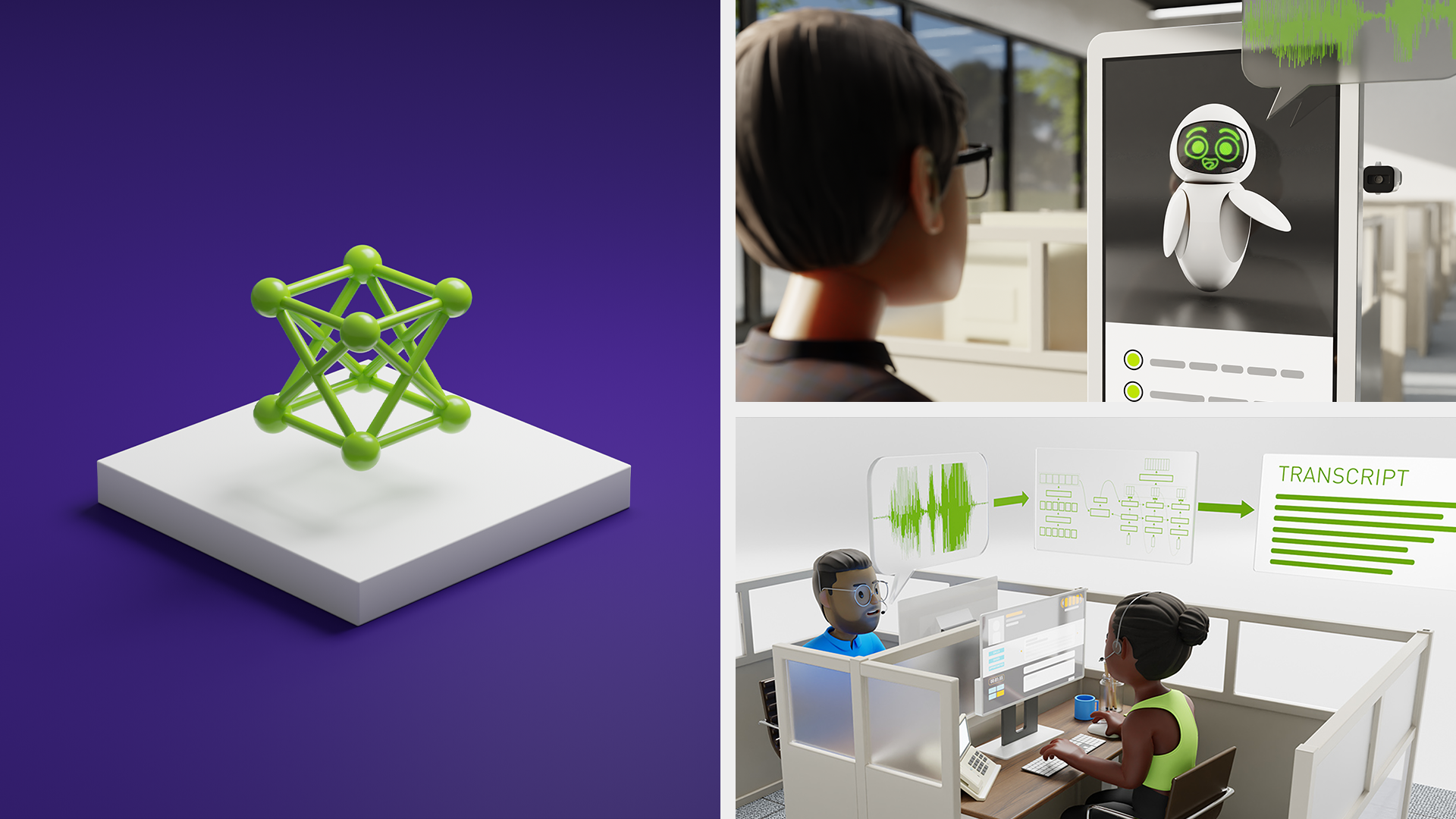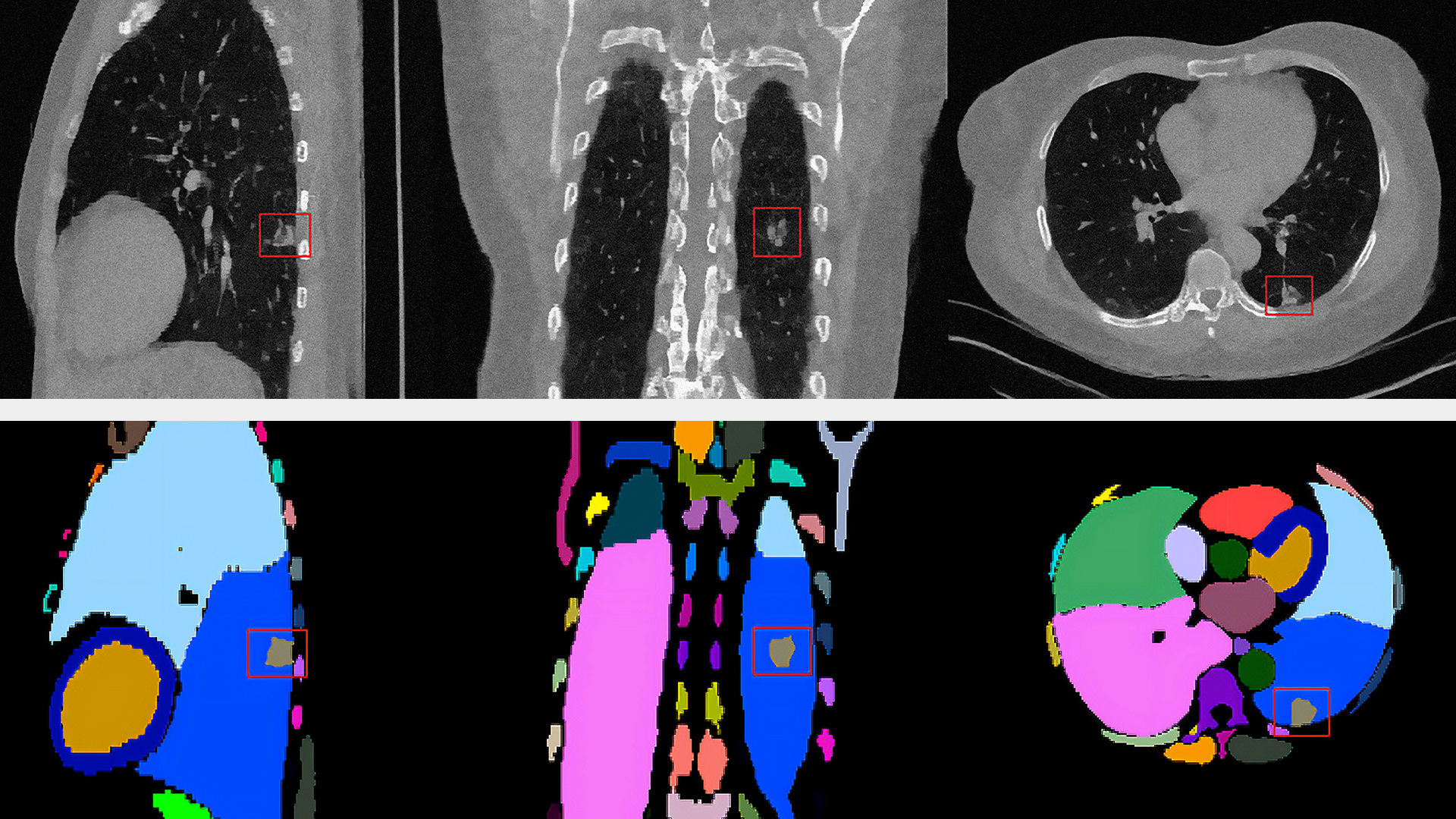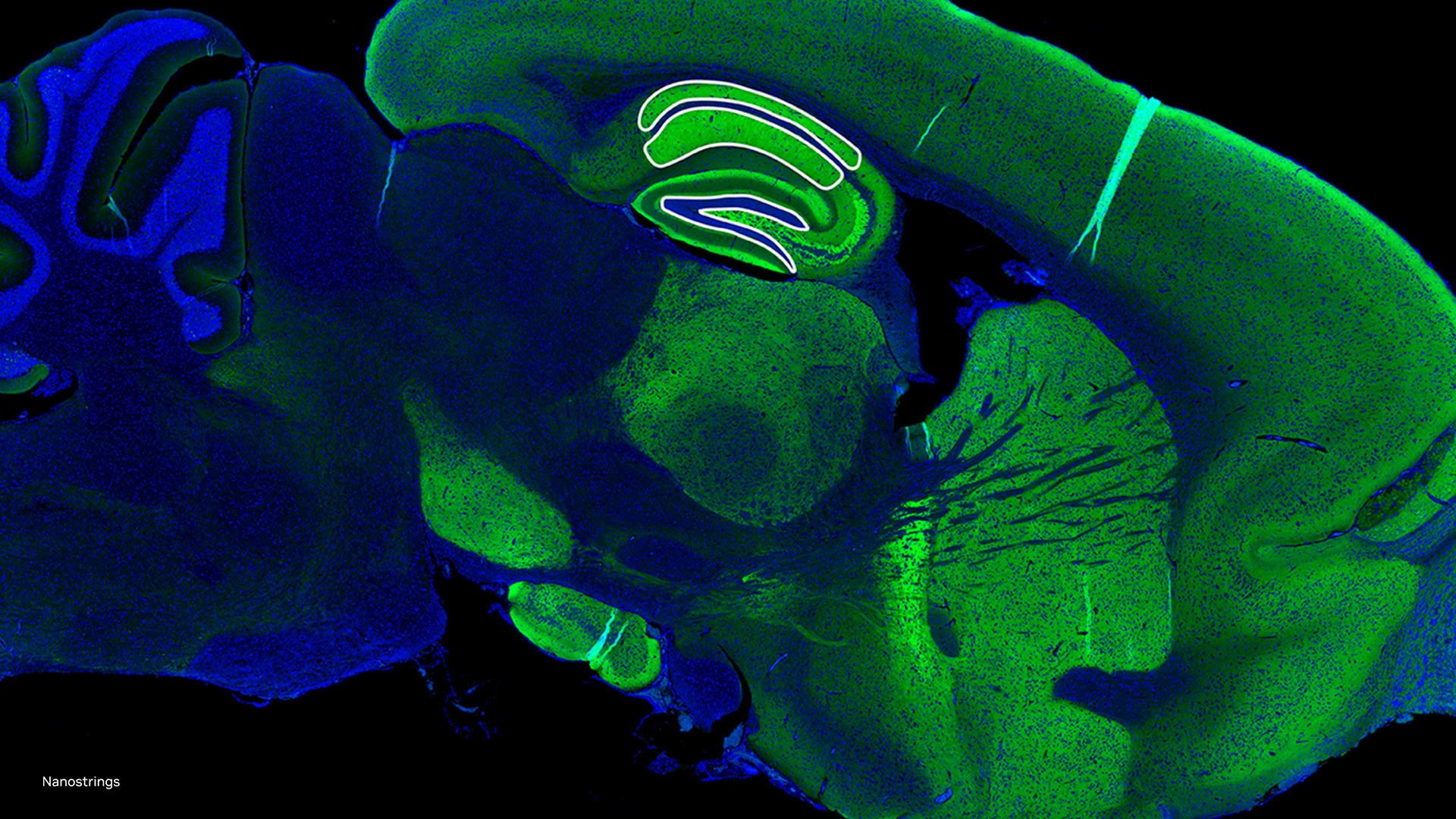What started as a tenth-grade class project, the high school senior believes his technology can take on potentially deadly breast tumors and non-cancerous growths by using a mobile phone or tablet to aid in diagnosis and classification, reduce human error and save the expense of false-positive readings.

Abu Qader, who’s in his final year at Lane Technical College Prep High School in Chicago joined forces with Vedad Mesanovic, a European entrepreneur focused on helping young and under-resourced scientists, to create GliaLab. The startup layers artificial intelligence on the findings of mammograms and fine-needle aspirations that doctors are already using to identify breast cancer tumors. Their “second-opinion” technology does not replace a mammogram, but instead, starts with mammogram imaging, the software then sifts big data to build predictive models about similar tumor types, risks, growth, treatment outcomes and so on.
Using the NVIDIA GeForce GT 750M GPU on his laptop and the cuDNN-accelerated TensorFlow deep learning framework, their software is achieving 93% to 99% accuracy, and providing results in real-time.
“If we didn’t have CUDA and NVIDIA GPUs, we’d be losing days training and testing every one of our models,” says Qader. “Time efficiency is a huge part of the process and the integrated boards just can’t give us the speed and efficiency we need.”
Read more >>
High School Student Using Artificial Intelligence to Fight Breast Cancer
Aug 30, 2016
Discuss (0)
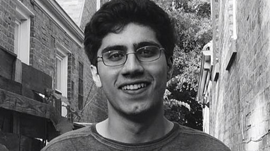
Related resources
- GTC session: How Artificial Intelligence is Powering the Future of Biomedicine
- GTC session: Creating AI-Powered Hardware Solutions for Medical Imaging Applications
- GTC session: HCLS Developer Day: BioNeMo for Generative AI in Drug Discovery
- NGC Containers: MATLAB
- NGC Containers: BodyMarker/PhenoBody
- SDK: MONAI Deploy App SDK
